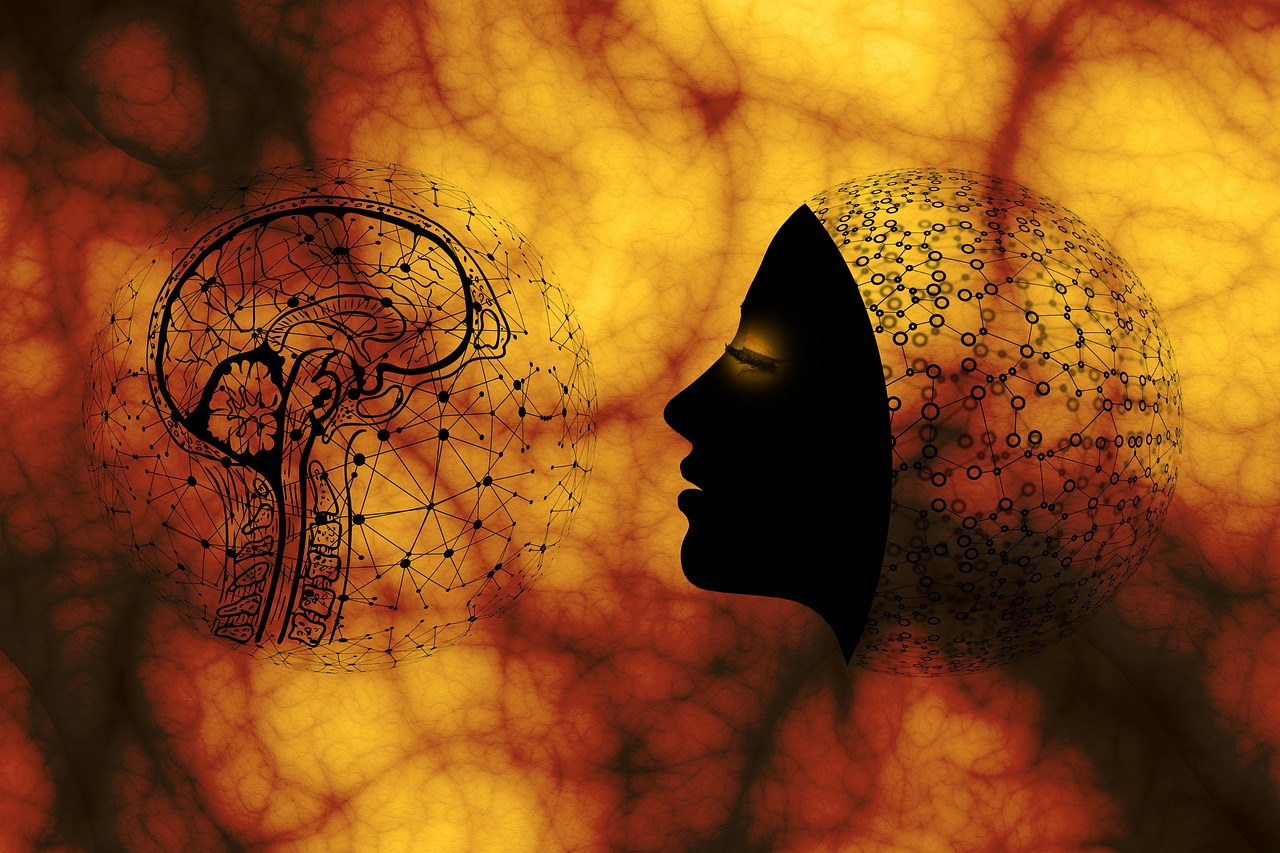Parkinson’s affects around 400,000 people in Germany. According to the German Parkinson Society, the number of people affected worldwide increased from 2.5 million to 6.1 million between 1990 and 2016.
Typical movement restrictions for Parkinson’s arise due to a lack of dopamine. This is produced in the black matter of the brain. Cells die there as the disease progresses. Previous therapies compensate for the deficiency by adding dopamine.
New therapeutic approaches make it possible to treat the cause of Parkinson’s directly.
Faulty protein destroys nerve cells
Nerve cells in the brain of Parkinson’s sufferers die because the protein alpha-synuclein is deposited in them. These clumped deposits are caused by incorrect folding of the protein and are also called Lewy bodies.
Normally, alpha-synuclein are an important part of information transmission between nerve cells. If there is a clumping, accumulation and deposition in nerve cells due to Parkinson’s disease, the cell disintegrates. Lewy bodies invade neighboring neurons, and an exponential response follows.
Cause of clumping
Gene mutations form a hereditary basis for Parkinson’s disease in up to 10 percent of cases. The remaining cases are due to an interaction between genetic dispositions and their activation by environmental influences. An accumulation of corresponding Parkinson-associated genes increases the probability of activation.
Possible positive environmental influences for the development of Parkinson’s are pesticides, frequent concussions of the brain, regular physical exercise counteracts this.
Theoretically, 90 genes are involved in the formation of Lewy bodies. These control the production of the synuclein protein, the breakdown of defective proteins or the functioning of mitochondria. The latter have a negative effect on the synuclein protein by releasing free radicals if the mitochondria themselves are disturbed.
Parkinson’s may start in the gut first. Evidence from early-stage patients suggests that the first Lewy bodies are formed in the vagus nerve in the gut and from there travel to the brain.
Antibodies catch clumps
DNA parts of alpha-synucleins are introduced into the organism of a sick person. This produces an immune response which throttles the production of alpha-synucleins.
In another method, antibodies are injected and specifically bind to the alpha-synucleins between the nerve cells. Marked in this way, they are broken down by the immune system.
Both approaches pursue a reduction in alpha-synucleins between the nerve cells in order to prevent a chain reaction in which healthy cells take up Lewy bodies, die off and pass them on.
It is important to treat only the Lewy bodies and not healthy alpha-synucleins.

